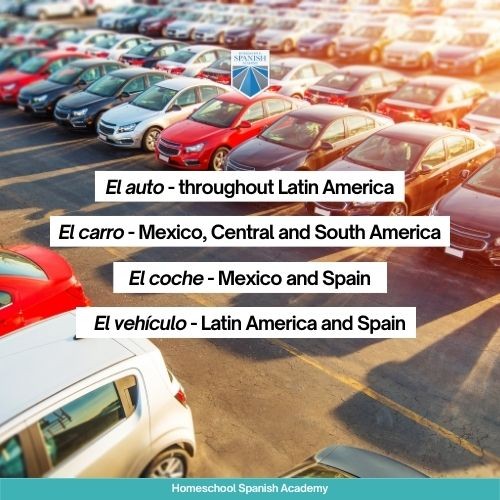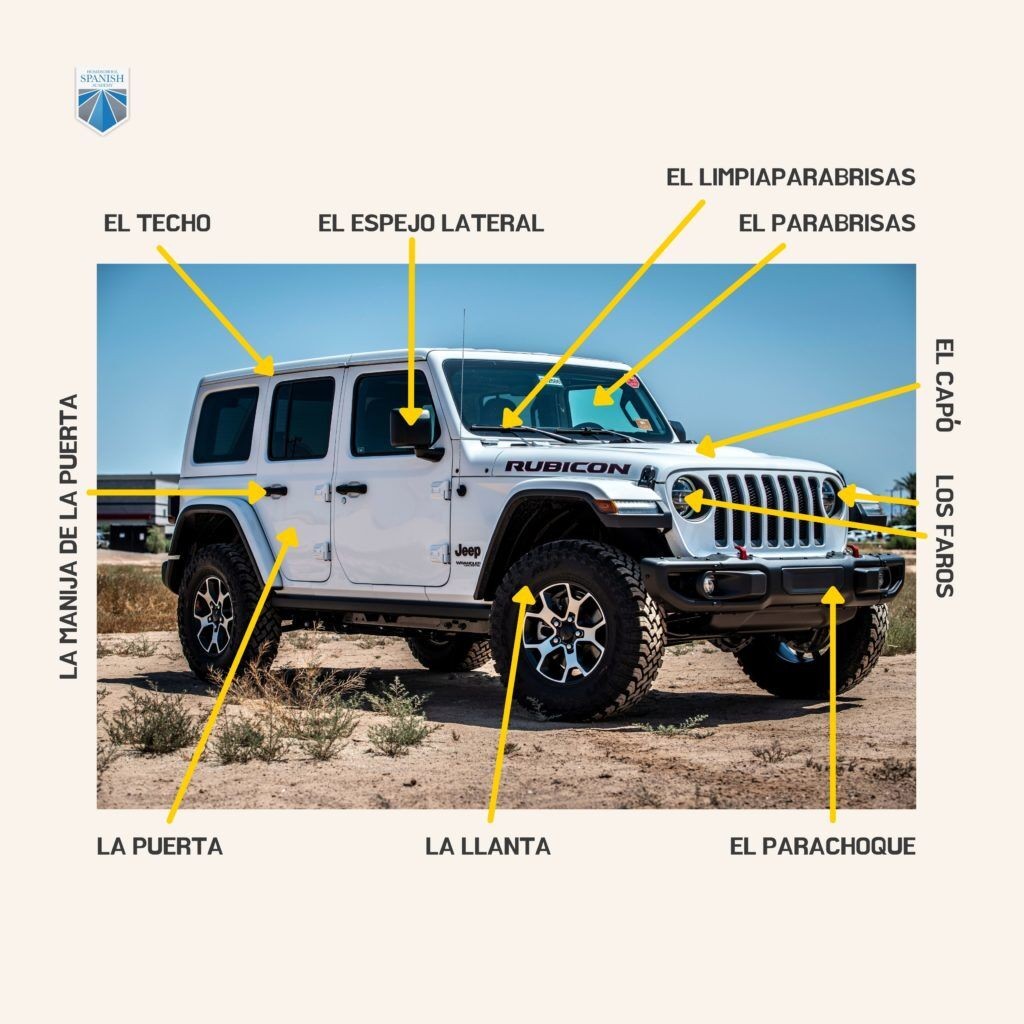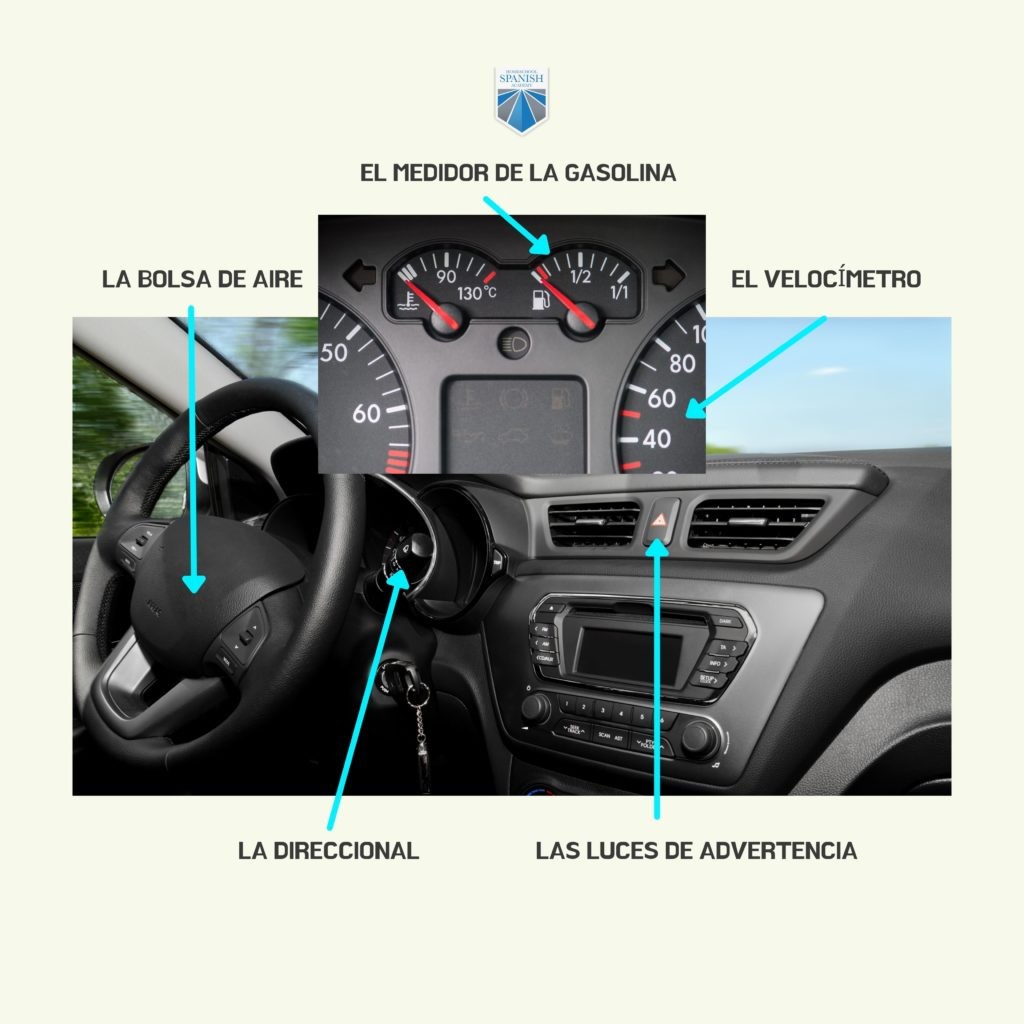Understanding the names of car parts is essential knowledge for vehicle owners, mechanics, and anyone interested in automobiles. Whether you’re discussing repairs, understanding your vehicle’s manual, or simply expanding your automotive vocabulary, knowing the correct terminology for each component is crucial. This comprehensive List Of Car Part Names will guide you through the various sections of a vehicle, from the interior comforts to the essential parts under the hood and the exterior body.
Car Interior Parts
Let’s start our exploration inside the vehicle with the car interior parts. These are the components you interact with most frequently as a driver or passenger. Familiarity with these terms is useful for everyday conversations about your car and understanding instructions or descriptions related to the cabin.
| Car Part Name | Description |
|---|---|
| Accelerator Pedal | Controls the car’s speed by regulating the fuel flow to the engine. |
| Brake Pedal | Used to slow down or stop the vehicle by applying pressure to the braking system. |
| Clutch Pedal | Found in manual transmission vehicles, it disengages the engine from the transmission to allow gear changes. |
| Gear Stick (Shift Lever) | Used to select different gears in manual and automatic transmissions to control speed and power. |
| Glove Compartment | A storage space located in the dashboard, often used for vehicle documents and small items. |
| Handbrake (Parking Brake) | A lever or pedal used to keep the vehicle stationary when parked, engaging the rear brakes mechanically. |
| Horn | A sound signaling device used to alert other drivers or pedestrians. |
| Floor Mats | Removable coverings for the car floor to protect the carpet from dirt and wear. |
| Rearview Mirror | Provides a view of the road and traffic behind the vehicle, enhancing safety. |
| Seatbelt | A safety restraint designed to secure the occupant to their seat in case of a collision. |
| Seats | Provide seating for the driver and passengers, designed for comfort and support. |
| Steering Wheel | Used to control the direction of the vehicle by turning the front wheels. |
| Power Steering | A system that reduces the effort needed to turn the steering wheel, especially at low speeds. |



See also: Understanding Car Dashboard Symbols: A Driver’s Guide (Example link – replace with actual relevant link)
Car Exterior Parts
Moving to the outside, let’s explore the car exterior parts. These are the visible components that define the car’s appearance and contribute to its safety and functionality on the road. Knowing these terms is helpful for describing your car’s appearance, discussing bodywork, or understanding vehicle specifications.
| Car Part Name | Description |
|---|---|
| Bumper | Front and rear protective bars designed to reduce damage in low-speed collisions. |
| Door Handles | Mechanisms used to open and close the car doors, allowing entry and exit. |
| Doors | Hinged panels that provide access to the vehicle’s interior for passengers and the driver. |
| Front and Rear Fenders | Body panels located around the wheel wells, protecting the car body from road debris and splashes. |
| Grill | A decorative and functional front part of the car, allowing airflow to the radiator and engine. |
| Headlights | Powerful front lights that illuminate the road ahead for nighttime driving and visibility in poor conditions. |
| Hood (Bonnet) | The hinged cover over the engine compartment, providing access for maintenance and repairs. |
| Hubcaps (Wheel Covers) | Decorative covers for the center of the wheels, enhancing the car’s aesthetic appeal. |
| Indicator Lights (Turn Signals) | Flashing lights on the front, sides, and rear of the car to signal intended turns or lane changes. |
| License Plate (Number Plate) | A registration plate displaying a unique identification number for the vehicle, legally required for identification. |
| Side Mirrors (Wing Mirrors) | Mirrors mounted on the doors or fenders, providing a view of the sides and rear of the vehicle. |
| Roof | The top panel of the car, providing structural integrity and protection from the elements. |
| Sunroof (Moonroof) | An optional opening in the car roof, allowing light and fresh air into the cabin. |
| Tail Light | Rear lights that indicate the vehicle’s presence, especially during braking and nighttime driving. |
| Trunk (Boot) | The main storage compartment at the rear of the vehicle, used for luggage and cargo. |
| Wheels | Circular components that allow the car to move, typically fitted with tires for traction and cushioning. |
| Windows | Transparent panels in the car doors and body, providing visibility and natural light to the interior. |
| Windshield (Windscreen) | The front window of the car, providing a clear view of the road ahead and protection from wind and debris. |
| Windshield Wipers | Mechanical arms with rubber blades that clear rain, snow, and debris from the windshield to maintain visibility. |
Car Parts Under the Hood (Engine Compartment)
Now, let’s delve into the more technical area – the car parts under the hood, also known as the engine compartment. These components are vital for the vehicle’s operation and performance. Understanding these terms is incredibly useful for discussing car maintenance, diagnosing problems, or learning about how a car engine works.
| Car Part Name | Description |
|---|---|
| Air Filter | Cleans the air entering the engine, preventing dust and debris from causing damage. |
| Alternator | A generator that charges the car’s battery and powers the electrical system while the engine is running. |
| Battery | Provides the initial electrical power to start the engine and powers electrical components when the engine is off. |
| Belt (Drive Belt, Serpentine Belt) | Transfers power from the engine’s crankshaft to various components like the alternator, power steering pump, and air conditioning compressor. |
| Camshaft | Controls the opening and closing of the engine’s valves, regulating the intake of fuel and expulsion of exhaust gases. |
| Carburetor | (Older vehicles) Mixes air and fuel for combustion in the engine. Modern cars use fuel injection systems. |
| Catalytic Converter | Reduces harmful emissions from the exhaust gases by catalyzing chemical reactions. |
| Coil (Ignition Coil) | Part of the ignition system that generates a high-voltage pulse to the spark plugs to ignite the air-fuel mixture. |
| Combustion Chamber | The space within the cylinder where the air-fuel mixture is burned, producing power. |
| Crankshaft | A rotating shaft that converts the linear motion of the pistons into rotational motion, providing power to the drivetrain. |
| Fuel Pump | Pumps fuel from the fuel tank to the engine, ensuring a constant supply for combustion. |
| Ignition System | The system responsible for initiating the combustion process in the engine, typically using spark plugs. |
| Piston Rod (Connecting Rod) | Connects the pistons to the crankshaft, transmitting force and motion between them. |
| Pulley | A grooved wheel that helps to transmit power via belts to various engine components. |
| Radiator | Cools the engine coolant to prevent overheating, essential for maintaining optimal engine temperature. |
| Exhaust Valve | Controls the release of exhaust gases from the combustion chamber after the power stroke. |
| Thermostat | Regulates the engine’s temperature by controlling the flow of coolant to the radiator. |
| Vacuum Diaphragm | Used in various engine control systems, utilizing vacuum pressure to operate components. |
| Valve (Engine Valve) | Controls the flow of intake air and fuel into the combustion chamber and the exhaust gases out. |
| Voltage Regulator | Maintains a consistent voltage level in the car’s electrical system, protecting components from voltage spikes. |
Explore Further: How Car Engines Work: A Simple Explanation (Example link – replace with actual relevant link)
Instrument Panel Parts (Dashboard)
Finally, let’s look at the instrument panel parts, commonly known as the dashboard. This area houses crucial controls and indicators that keep the driver informed about the vehicle’s status and allows for operation of essential features. Understanding these parts is key to safe and informed driving.
| Car Part Name | Description |
|---|---|
| Airbag | A safety device that inflates rapidly in a collision to cushion occupants and reduce injury. |
| Fuel Gauge | Indicates the amount of fuel remaining in the fuel tank, preventing running out of gas. |
| Speedometer | Displays the vehicle’s current speed, helping the driver maintain legal and safe speeds. |
| Turn Signal Indicator | Lights on the dashboard that flash to confirm the operation of the turn signals. |
| Warning Lights | Various lights that illuminate to indicate potential problems or malfunctions in the vehicle’s systems. |
Conclusion
This list of car part names provides a comprehensive overview of the essential components of a vehicle. From the interior comforts to the exterior body and the vital parts under the hood, understanding this terminology is valuable for anyone interacting with cars. Whether you are a car enthusiast, a student mechanic, or simply a car owner wanting to be more informed, this guide serves as a useful reference. Knowing these names will empower you to communicate effectively about cars, understand repair processes, and maintain your vehicle with greater confidence. Keep this list handy and continue to expand your automotive knowledge!